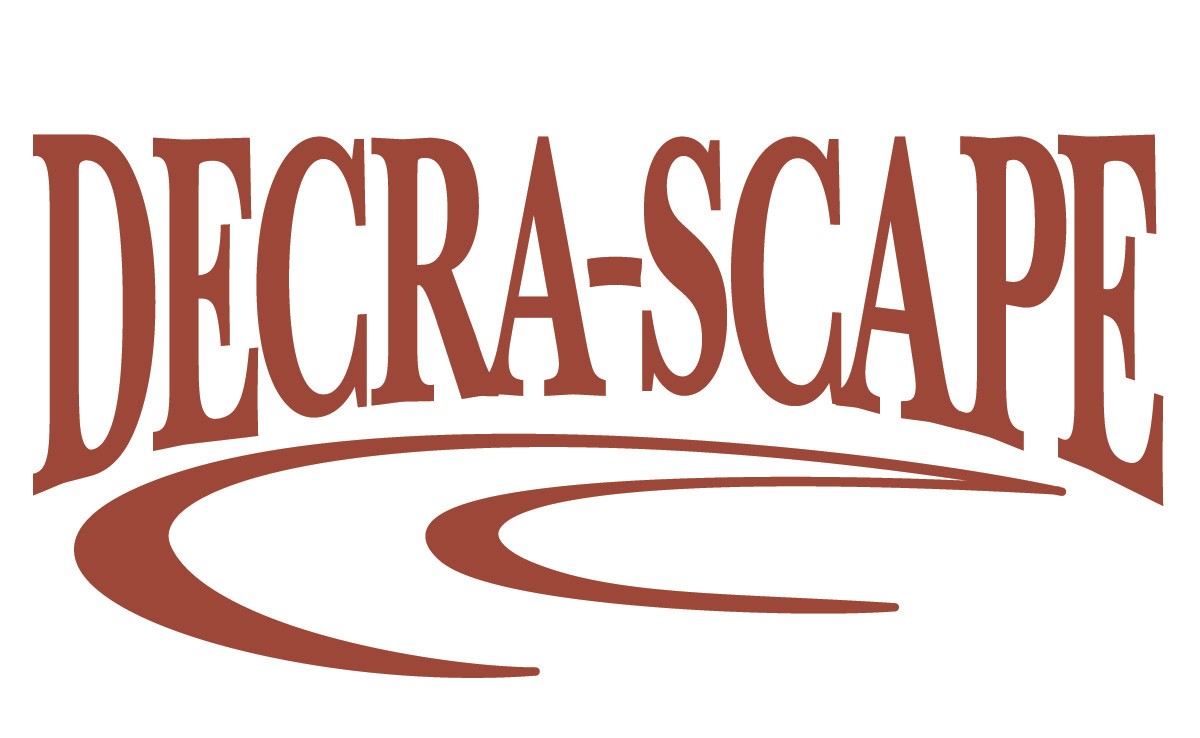Transforming your outdoor space into a luxurious oasis isn’t a daunting task for Michigan’s top designers. At Decra-Scape, we recognize that while we lay the foundations for our clients’ backyard bliss, many other experts also play important roles in bringing indoor lifestyle comforts out into the open air.
So we’ve researched, asked, listened well, and collected 7 outdoor-living tips from some of our mitten state’s most sought-after interior designers:
1. Define Your Space
"Just like indoors, divide your outdoor area into zones for different activities—dining, lounging, cooking, and playing,” recommends Caity Smithson, founder & lead designer at Mae Proper Interiors. "Use furniture, rugs, or planters to delineate these areas. Clear pathways crafted from materials like stone, wood, or gravel can guide movement and seamlessly connect different zones."
Read more: Tips on walkways and the best paver patterns to use
2. Choose Furniture and Accessories Wisely
"Look for weather-resistant materials such as teak, aluminum, wicker, or rattan,” advises Smithson. “Ensure that cushions and fabrics are designed for outdoor use and can withstand sun and rain."
Wendy Alterman of Alterman Interiors is also a fan of durable outdoor furniture: “One of my favorite outdoor-furniture lines for all-season use is crafted from an amazing recyclable material that can actually withstand Michigan winters for years,” she explains. “Even on a cold February day, it’s inviting to look into your backyard and see a seating area all setup and ready for a break in the clouds.”
And don’t neglect comfort, accessories, or stylish storage solutions.
"Prioritize comfort with plush seating and ergonomic designs, including various seating options like lounge chairs, benches, and dining chairs,” Smithson recommends. "Incorporate outdoor art, sculptures, or mirrors to reflect light and add personality. And use stylish storage solutions like benches with hidden compartments or attractive outdoor cabinets to keep your space tidy."
3. Integrate Nature
"Incorporate a variety of plants to add color, texture, and life to your outdoor space," suggests Smithson. "Use potted plants, hanging baskets, or vertical gardens to enhance the greenery."
In addition to variety, Alterman encourages her clients to look for opportunities to make plantings usable in the environment. “Consider incorporating fragrant herbs into the pots right outside of your kitchen,” she suggests. “This not only adds greenery, but also provides fresh ingredients just steps away from your cooking area."
Read more: The Perfect Outdoor Kitchen
4. Lighting
Ruth Casper of Ruth Casper Design Studio points out the importance of expert design in your outdoor lighting:
"When designing exterior lighting, simplicity is best,” she notes. “Focus on a few architectural details and accent trees and light from the ground up. When lighting your stairs with LED lights, always use a diffuser to add softness and prevent hot spots."
Read more: Outdoor Lighting - Enjoy Long Nights & a Versatile Ambiance
5. Incorporate Textiles
“Few things bring a living space to life like a well-balanced variety of textures and surfaces,” explains Alterman, “and outdoor spaces are no exception to this. So don’t shy away from texture when designing outdoor-living areas.”
Smithson also points out the importance of incorporating textiles: "Outdoor rugs can define spaces and add warmth and texture. Choose patterns and colors that complement your furniture and overall design theme. Add comfort and style with outdoor pillows and throws, which can also be a quick way to update your space with seasonal colors or trends."
6. Consider Weather and Climate
In an article from the Michigan Design Center, Amanda Sinistaj of Ellwood Interiors suggested “letting nature take its course, while making allowances for the big swings of weather in Michigan — which includes heaters and a fireplace.”
Many of the designers we spoke to agreed: in Michigan, making an outdoor space livable means getting real about the weather.
"Invest in covers for your furniture to protect them from the elements when not in use,” Smithson advises. “Consider retractable awnings or canopies for flexibility in sun and rain protection. Extend the usability of your outdoor space with heating options like fire pits, outdoor fireplaces, or electric heaters."
Read More: Spotlight on Firelight - Gallery of Outdoor Fireplaces and Fire Pits
7. Balance and Flow
"Maintain a consistent design theme between your indoor and outdoor spaces for a seamless transition. Use similar colors, materials, and styles to unify the look," Smithson emphasizes.
And Alterman reminded us that symmetrical layouts are not limited to indoor environments: "A cottage-style garden is charming, but it’s not your only option in the outdoors. If you love symmetry (like I do), look for opportunities to infuse this balance into your open-air living areas, just as you would inside. In the great outdoors, the effect of symmetrical design layouts or plantings can be striking and calming."
Michigan Design Experts
By following these expert tips from Michigan designers, you can create an outdoor space that is not only beautiful and inviting, but also functional and sustainable. Whether you're dining, lounging, or entertaining, your outdoor living area will become a cherished extension of your home.
Special thanks to Caity Smithson, Ruth Casper, and Wendy Alterman for their willingness to contribute insights to this article. For more on their design work, visit:
Or, for more outdoor-living tips, ideas, and inspiration, check out our gallery of our work, read more on the Decra-Scape blog, or catch up with us on Instagram.





